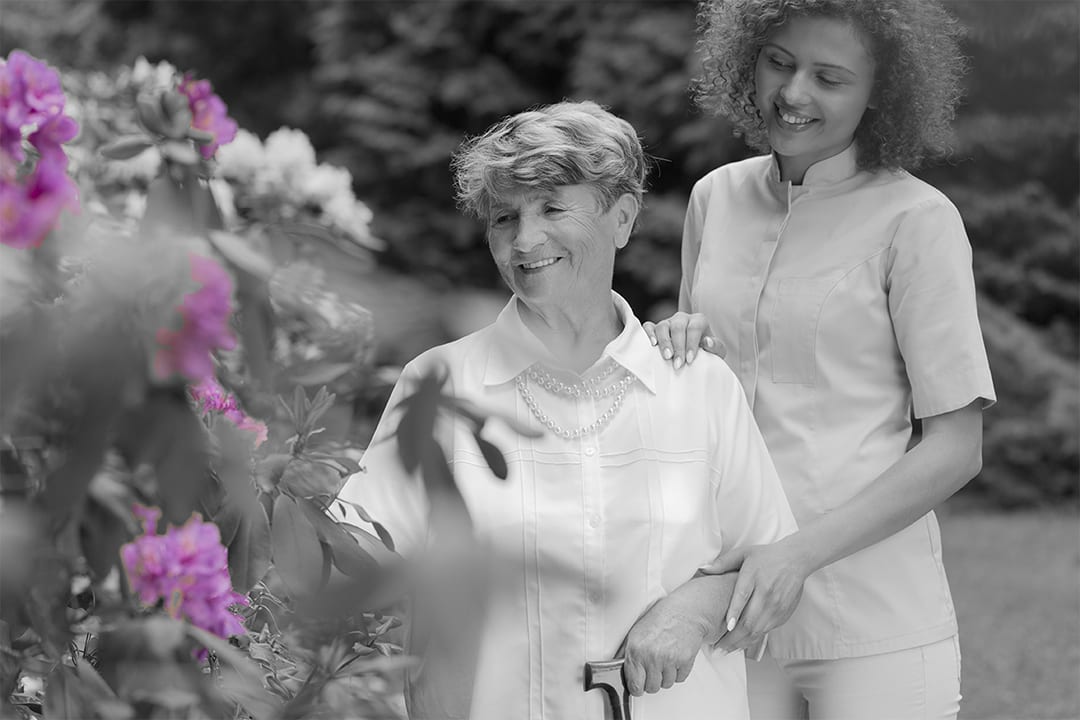Healthcare Design Going Outside the Box

Maybe it’s the millennial take-over or maybe the high-cost of healthcare in America, but it’s obvious that society is becoming more conscious of their health and wellness. Today, experts say healthcare is becoming more consumer-driven and providers are shifting to a holistic, wellness focus of care. What this means is:
- consumers are trying to save money on premiums and out-of-pocket costs, and
- healthcare providers are focused on wellness rather than disease
Wellness is defined as “the state of being in good health, especially as an actively pursued goal.” People are eating better, sleeping better and exercising better all while coming up with creative ways to achieve wellness. Apparently, goat yoga is a thing (and also brilliant) and available now in Kansas City. Nevertheless, these out of the box therapies are proven to aide in the healing of physical and psychological disorders.
One particular therapy our team is especially excited about are therapeutic landscapes. Therapeutic landscapes are “a plant-dominated environment purposefully designed to facilitate interaction with the healing elements of nature.” These specialized landscapes, or gardens, often disguise their main functionality. Not only are they esthetically pleasing but they are specifically designed to create a positive distraction. This means they provide users with a ‘get away’ both physically and emotionally, from an interior environment. For some, being in an unfamiliar environment such as a hospital setting can negatively distract patients, both mentally and physically. Therapeutic landscapes help alleviate that stress, promoting better therapy results.
Therapy gardens can be designed to address specific disciplines and needs. Majority of gardens address patient needs such as:
- movement and physical rehabilitation
- solace and comfort
- learning
- sensory
- community
The area of therapeutic landscapes in landscape architecture is receiving a lot of attention lately. Specifically, the design of gardens meant to encourage children and adults with physical challenges to participate in gentle and safe exercise. These types of gardens are usually found at healthcare facilities as an extension of a rehabilitation clinic where therapy goals are addressed. Adults with movement-related diseases or conditions like arthritis, multiple sclerosis, cancer, stroke, spinal cord injury and heart disease may benefit most from movement-oriented therapeutic gardens (Winterbottom, Daniel M. and Amy Wagenfeld. 2015 First Edition. Therapeutic gardens: design for healing spaces.)
Planning and design considerations for therapeutic landscapes are very precise and specific. BHC’s Landscape Designer, Ninah Butler, and Landscape Architect, Bob Lindeblad, L.A., ASLA, bring more than 30 years of experience to our team and fully understand the detailed processes of designing healthcare landscapes. Integration between our customer, their stakeholders, healthcare professionals and the design team is key.
Our team of landscape architects have a passion for what they do and they know they play an important role in patients’ care. Therapeutic spaces serve a variety of patients and guests who vary widely in age, illness, physical ability and behavioral ability. Our team works closely with healthcare administrators and specialty therapists to design the most effective and sustainable spaces. Our experience and research of therapeutic landscapes has provided our team with a lot of knowledge of evidence-based designs and elements to create the right space for our customers.
The future of therapeutic landscapes is upon us in the Kansas City region. In 2019, Saint Luke’s Health System opened a new rehabilitation institute at the Saint Luke’s South location in Overland Park, Kansas. The rehab institute was outfitted with robotic technology to help people recover from spinal injuries and other conditions. Funding for the institute has been generated by fundraising and contributions made to the Saint Luke’s Foundation. Saint Luke’s Foundation hosts the annual Books & Boutiques Luncheon to benefit a special feature within the future Saint Luke’s Rehabilitation Institute. Funds raised at the 11th annual event supported the creation of an 11,000 square foot outdoor physical therapy garden. BHC is proud to partner with Saint Luke’s and ACI Boland Architects on this much needed project here in Kansas City.
In our region the healthcare market is the largest industry for employment as reported for first quarter in 2018. The new rehab institute at Saint Luke’s South will change the healthcare landscape for the Kansas City region. Local families seeking rehabilitative therapy for spinal and other injuries will have world-class care in their backyard and will not have to travel hundreds of miles to institutes in Nebraska, Colorado or further. Rick Worth, a parent of a rehabilitation patient, says, “It’s just so wonderful you guys are going to do what you’re gonna do and the need for it is just – I can’t put it in words.”
The great thing about therapeutic landscapes is they can go anywhere. With an aging population, there is an expected growth in specialty care and facilities for senior care. “I can see every single senior housing project, every assisted living facility, have some sort of specialty garden space. There are specialty designs for Alzheimer’s patients, to children’s therapies. There is a huge potential growth for these landscapes,” said Bob Lindenblad. For more about therapeutic landscapes and landscape architecture, we invite you to talk with our “green thumb” experts.
